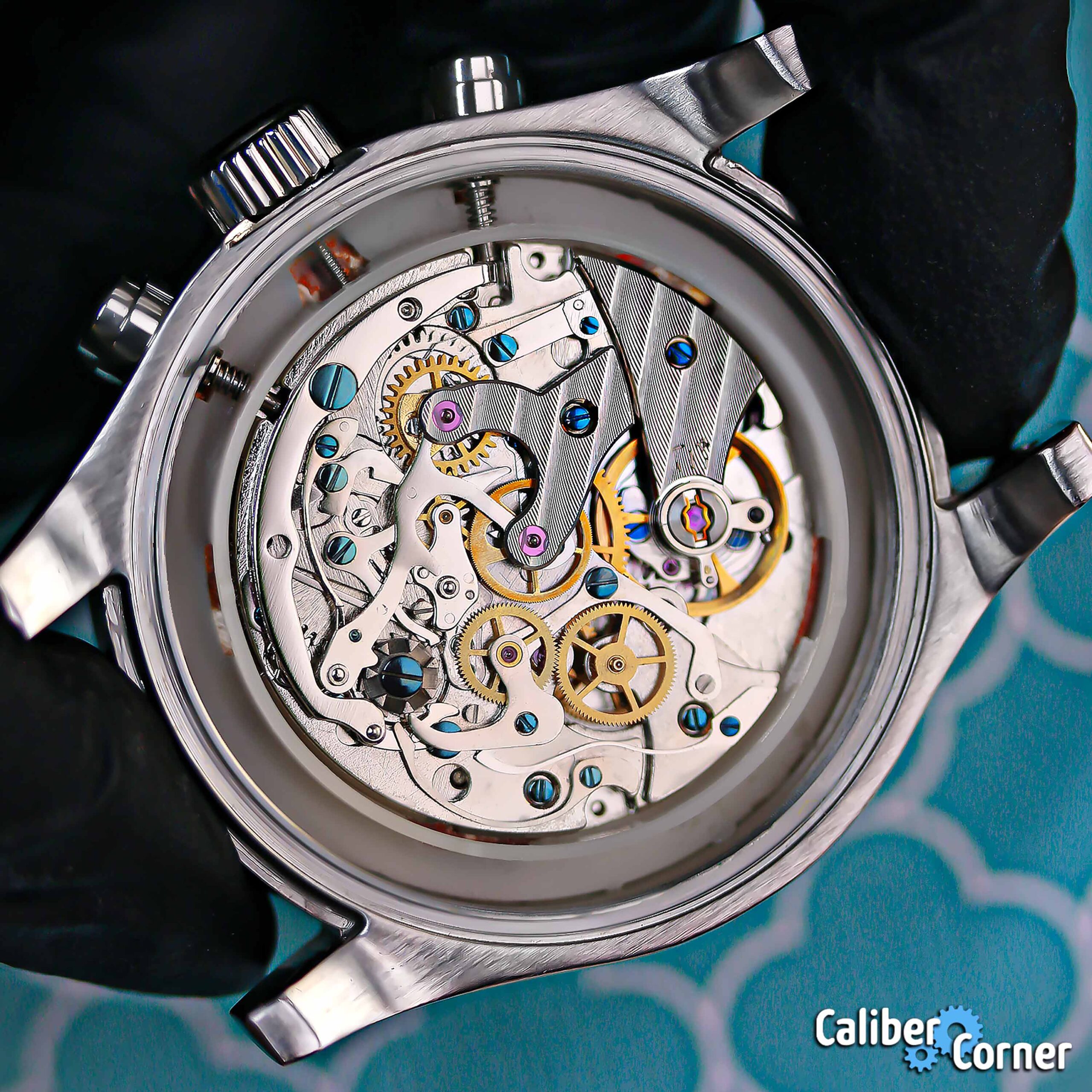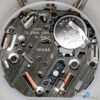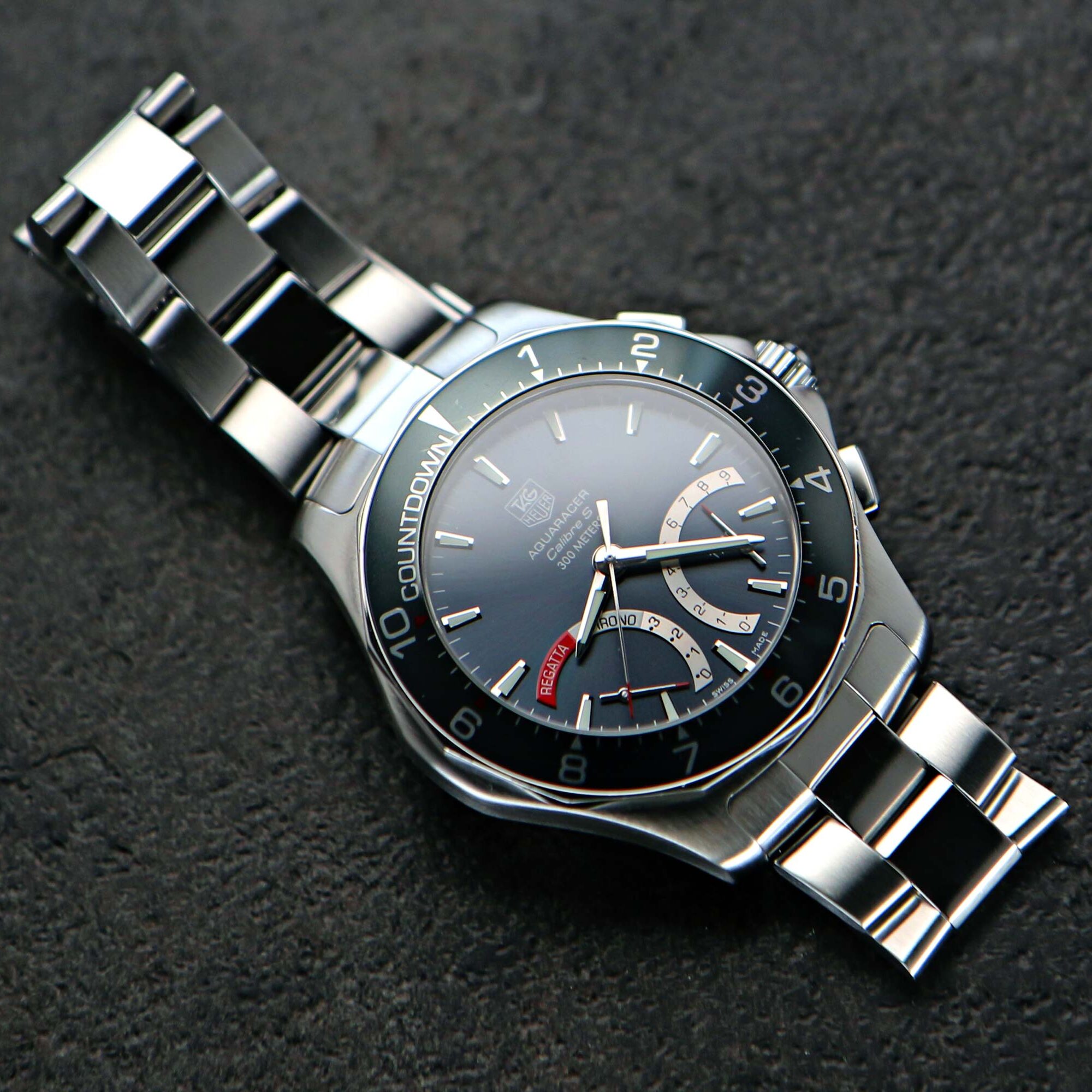There are two kinds of mechanical watches: Automatic and Manual.
The difference between the two is that one winds itself automatically and the other requires the turning of a knob (crown) to do so. Outside of a few extra parts in the automatic one, they are both just about the same.
Each watch has 5 basic elements: The energy, the wheels (gears), the escapement, the controller, and the time indicator.
Turning the knob on the side winds up the mainspring. This stores the energy. The barrel then transfers that energy to the wheels and they transfer it throughout the rest of the watch.
The escapement stops the energy from escaping all at once. The pallets hold and release the escape wheel and its teeth push against it, in turn the lever connected to the pallets pushes an impulse pin.
The swing from the balance controls the energy that is allowed to escape. The time indicator is the part that displays the time. The canon pin controls the minute hands, the hour wheel controls the hour hand and the forth wheel control the second hand.
The part that makes a watch automatic is ans oscillating weights that adds energy to the barrel spring as it swings around to the movement of the hand (wrist).
Miyota created a fantastic video that clearly explains how mechanical watches work:
Swatch also released an interesting video on this topic which is worth watching:




 network of watch sites
network of watch sites





















Trending Comments
Longines Caliber L836.6
The differenece is the beat rate. 3Hz vs 5Hz. 6 beats/s vs 10 beats/s.
Orient Caliber F6922
I've had my Mako and Ray Orient watches with these calibers, I guess. Their performance…
Invicta Caliber JSD-006ZY
Apart from the fact, that there is no further information about this caliber anywhere, it…
Seiko Instruments (SII) Caliber VH31
the VH-31 movement coupled with solar or kinetic in a Seiko watch would sell like…
Miyota/Citizen Caliber 9051
I have the 9051 in my Fujitsubo, it appears to be within 3 seconds. I'll…
Active Caliber Listings
It might be a Chinese Standart-movement aka Tong Ji aka 7120 / SS7 with an…
Thank you for sharing your experience with the community. If possible, please submit images of…
Apart from the fact, that there is no further information about this caliber anywhere, it…
This £80 lorus has the y676c with Japan on the rotor
Minute hand on some ETA's 2-hand quartz movements run every 20 secs so that the…